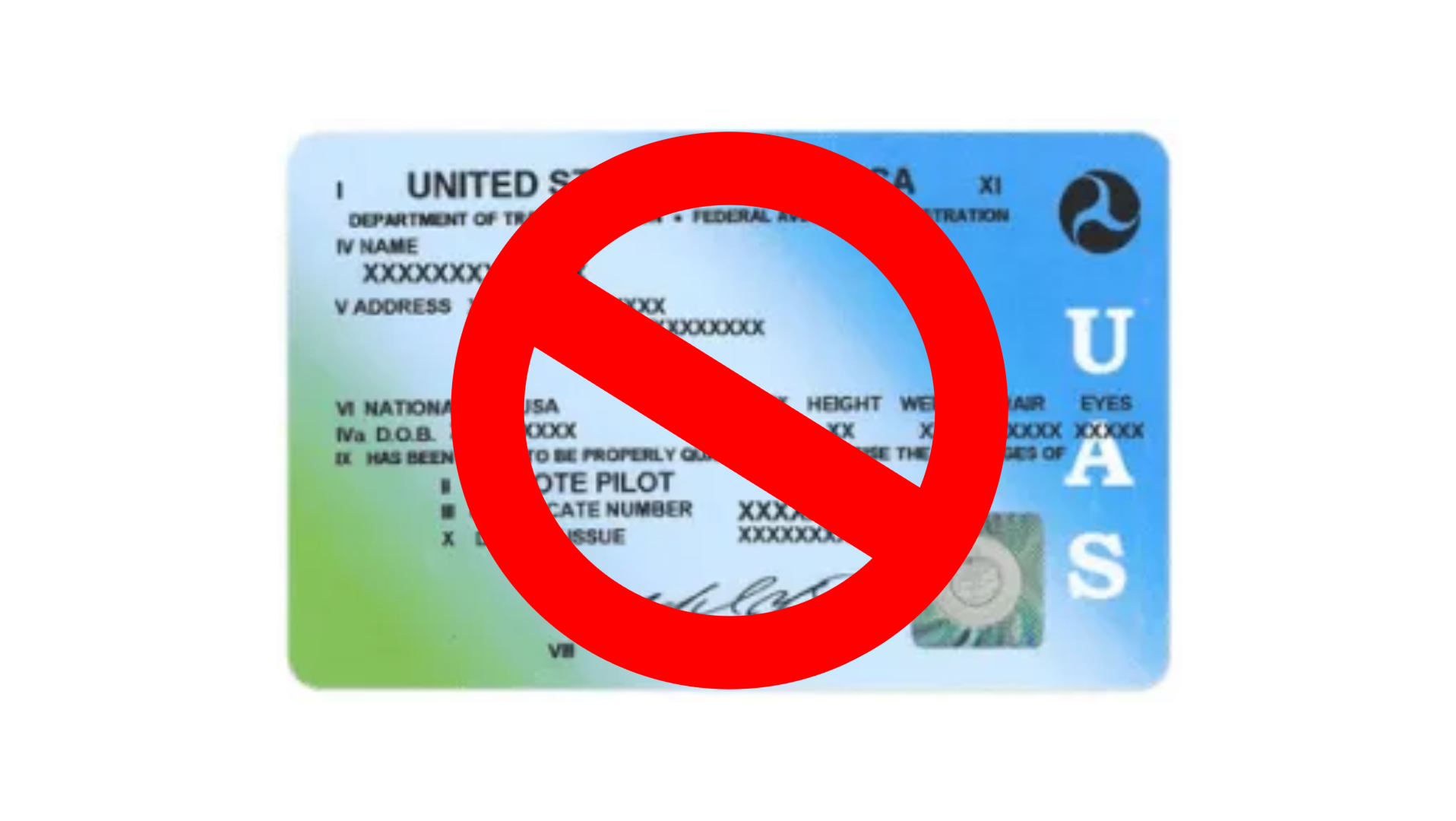Standardized Beyond Visual Line of Sight (BVLOS) operations for sUAS operators in the United States is something craved universally. Talk has persisted for years about the creation of a Part 108 by the FAA that would expand upon the rules and regulations set out by Part 107. There have have been several proposals over the the last few years, and there was a mandate by Congress that the FAA needed to provide guidance and purposed rules by the end of 2024. Yet here in April 2025 (at the time of writing) the FAA has not done anything, likely because their hands are full with numerous issues in manned aviation at the moment. But this has not stopped many other countries from leading the way on the matter, and this now includes our neighbors to the north.
On April 1st, 2025 Canada's "Transport Canada" opened up the ability for UAS operators to begin taking an exam that would certify operators for some BVLOS operations. Not only did they role this out, they also expanded rules to natively cover remote aircraft weighing up to 150kg (330lbs). Seeing Canada taking these steps while the FAA ignores the issue honestly makes me even more unhappy with the FAA. With that said though, are Canada's new rules any good for sUAS operators? That's what this American would like to take a look at.
Starting with the role out of these new rules, Canadian operators as mentioned earlier could start taking the required exam starting in April. While the exam could be taken the ability to operate under the new rules is held off until November. I think this is an appropriate way to handle the situation. It gives time for everyone to get up to date with knowledge of the new rules, allows appropriate time for as many people as possible to become certified by passing the exam, and allows business to begin scoping upcoming projects appropriately.
So what about the rules that will go into place? Is it worth pursuing the certification and taking the exam? The first part covers "Lower-risk" BVLOS operations. These are categorized as operations below 122m (400ft), in uncontrolled airspace, and away from airports and aerodromes. In addition to this "small and medium drones" must operate at least 1km away from populated areas. Smaller drones however can operate over sparsely populated areas or less than 1km away from populated areas. Small drones seem to be aircraft under 25kg (55lbs) and medium seems to be between 25kg and 150kg (330lbs). Also I see mentioned that individuals, businesses, and organizations have to have policies and procedures in place that "reflect the size and complexity" of their anticipated operations.
So what do I think of this overview on the rules? For the most part they make a lot of sense. Operationally if you are in a rural area away from airports, and below 400ft you are unlikely to run into a manned aircraft except for something like a crop duster. This being said, crop duster pose a risk even for those operating within VLOS. However, with appropriate airspace awareness and risk management the risk can be to a point that it is no greater a danger simply by the nature of being a BVLOS operation. This problem also does not exist in every rural environment, and is predominantly only a problem in the summer months. Other things like low flying helicopters also pose and issue, but this again can be mitigated for, and does not affect everywhere. The delineation between operations of smaller and larger aircraft make some sense as well, but again falls on slightly subjective lines of weight. Additionally calling "small" drones out but then alluding to smaller drones is a bit odd, but may be clarified more in the full context. I would see this essentially falling in line here in the US with the Category system used to determine acceptable flights over people. Overall as rules for "Lower-risk" operations I think these are acceptable general parameters for rules to be made.
While I can not speak to the exam itself you need to pass in order to have the certification for these BVLOS operations, I would like to point out the added requirement of completing at least 20 hours of ground school and successfully passing a flight review. While I do not have insight into what the ground school is and what the flight review requires, I believe having something like this is a good added measure. This is a bar that can ensure that operators at this level have some kind of common knowledge no matter their background. It also is a bar that means some people will self select out of trying to be involved because there is more commitment. I don't want to get to the point where the UAS industry is beyond unreasonable for new people to get into, but I also have met too many people that hold Part 107 certifications here in the US, that I do not feel safe with them operating an aircraft around me.
Overall from a general overview look at Canada's new UAS BVLOS regulations, I broadly wish the FAA would just copy and paste what they have done. A staged rollout of taking the test before the rules come into effect eliminates rushing to get prepared for the changes, and the rules themselves seem like appropriate initial steps. Would I of course like to see even more being done, in terms of enabling even more complex or higher risk operations? Of course. But with governments that do not move as fast as the technology, I am happy to see Canada taking this initial step, and again grow even more tired of waiting on the FAA to take appropriate action in the US.


